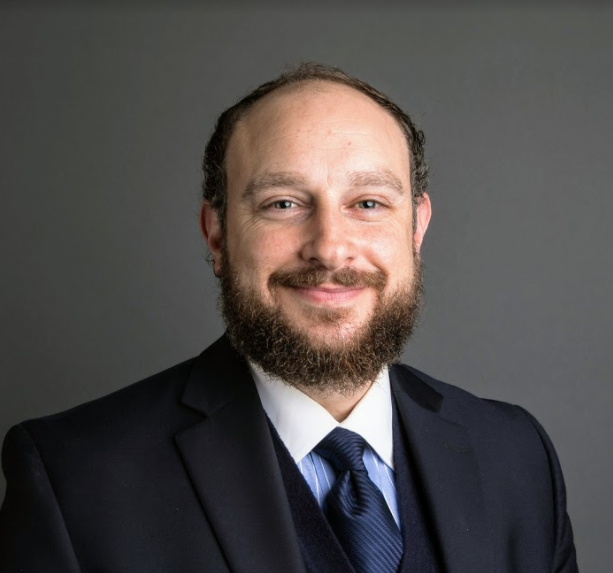
Rebuilding community: Simpler than it sounds, harder than it looks

Original EdSource article found here.
By Tony Solina, Area Superintendant, Central Valley Region

These things remind me just how long we were away.
While these examples may seem small, it was clear to me that they are markers of a larger challenge. After 18 months away, the fabric of our community had begun to fray. We’d forgotten what it looked like to learn together and eroded part of the foundation of trust and care on which we built our students’ education. Especially after the devastating emotional and mental toll of the pandemic, it is almost unthinkable to imagine asking students to learn to read, play an instrument or solve algebra equations without first rebuilding a nurturing and safe environment.
As superintendent of Aspire Public Schools’ Central Valley region, this was both overwhelming and energizing. I knew it would help us to focus on what really matters in our schools and that it would require immediate attention to rebuild the community that is so central to what our staff, scholars and families love about our schools.
Creating this culture is simpler than we often make it out to be. We believe learning doesn’t occur until all students feel included, loved and safe. That means we make community building and the social-emotional care of our students a priority. We treat social-emotional learning with the same focus and attention as math and history, leveraging a dedicated curriculum that we apply inside classrooms and in conversations among staff and with families. And we encourage our teachers to take time — real time, during the school day — to get to know students and listen intently to their needs and challenges. When you make it clear that relationships, belonging and wellness matter, then you build a culture that centers on community. School is not merely in the physical buildings where we learn, but it’s also in the relationships we build among adults and scholars.
And yet, simple as it may be, it takes a lot of work and investment from every person who interacts with our students to make it a reality. We have created structures across our school, within classrooms, and in partnership with parents that reinforce this value.
Our advisory classes focus on social-emotional wellness and social justice, giving students a dedicated space to honor their identities and create community. Morning-meeting circles establish a warm environment to start the day. We carve out dedicated time for teachers to collaborate, building bonds and lines of communication to more holistically support students. And we engage students and families in their learning, leaving our doors open for parents to observe classes and instituting innovative engagement models. Our student-led conferences and Saturday Schools provide students with an active role in communicating their progress and give parents a window into their students’ day-to-day learning. While these practices predate the pandemic, they have emerged post-pandemic as more essential than ever.
All of these strategies require both the simple commitment to making our community a priority and the dedicated time and effort of every team member. And I’m beginning to see the impact of our hard work. Our community is slowly stitching itself back together, in many ways stronger than it was before.
Do we have it all figured out? Of course not. But the rhythm of our days is becoming more consistent and the feelings of our community — joy, stability, belonging — are filling our hallways and classrooms again.
As schools across our country have fought our way through another confusing fall, I encourage my fellow school leaders to take a good look at the health of your school community. We are all being pulled in many directions, from urgent concerns about Covid-19 — contact tracing, independent study, staffing shortages — to the daunting challenges of learning loss. But underneath all that is the foundation we build for learning and the community we create for our students, teachers, and families.
Pay close attention to that community, make it a priority and invest in it appropriately, and I truly believe that is how we will get back on course to provide the learning and opportunities that every student deserves.
•••